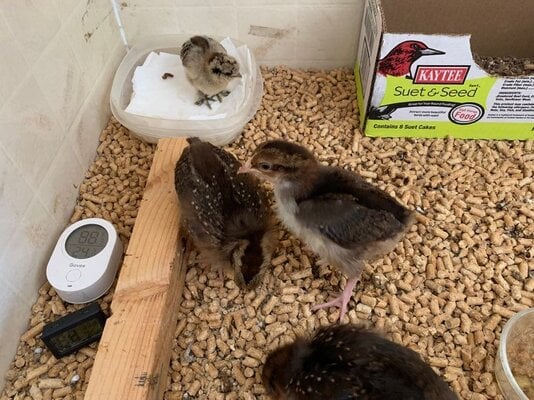hostile_chicken
Hatching
- Jan 17, 2024
- 4
- 2
- 6
Hi, noob here! I’ve been doing research in anticipation of getting a mixed flock of 8 chicks in March/April. Im getting both bantam and regular sized chicks, which I’ve read can be fine together as adults but I’m finding mixed information on whether they should be in the same brooder.
Some seem to say they should be raised together, just make sure they have space, multiple feeders and good temps so they don’t crush under one heat plate. Other says separate them.
What do y'all think? Thanks for the help!
If it helps I’m planning on an Orpington, Ameraunca, 2 Polish, Silkie, 2 D’Uccle, and a Maran. Thanks so much!
Some seem to say they should be raised together, just make sure they have space, multiple feeders and good temps so they don’t crush under one heat plate. Other says separate them.
What do y'all think? Thanks for the help!
If it helps I’m planning on an Orpington, Ameraunca, 2 Polish, Silkie, 2 D’Uccle, and a Maran. Thanks so much!






